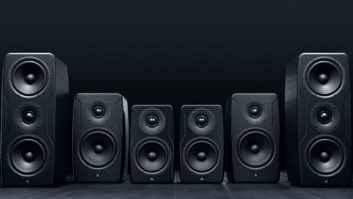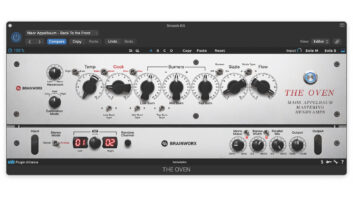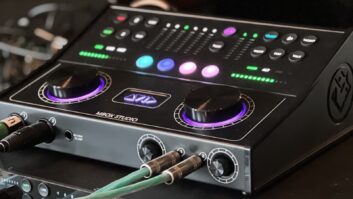Way back in high school science and math classes, we learned about precision and the concept of three significant figures (sig figs). For example, the U.S. Census Bureau’s POPClock projection estimates our current population to be 300,199,513 as of today: November 14, 2006. We can round that off to three sig figs and come up with approximately 300 million and be pretty close. If you’re one of those 199,513 people left off that estimate, you might not be too happy about it, but rounding it to four significant figures (300.2 million) sounds pretty silly.
It’s the same with our old friend. If we cut a plywood circle for a tabletop, we can determine its area (R2) or circumference (2R) and probably get by just fine in defining as 3.14, rather than 3.14159265358979323846 (20 sig figs).
Precision applies to nearly every aspect of existence. Electronic components come in a variety of tolerances and can vary from ±0.05 percent to ±20 percent, depending on the part. So a 10-percent 100k-ohm resistor could fall anywhere between 90k-ohm and 110k-ohm. If you want a tighter tolerance, then be willing to pay more for the privilege. It’s a case of picking your battles: A potentiometer inside a wah-wah pedal is a lot less critical than the main faders on a recording console. And as with tabletops or transducers, life is a series of trade-offs between precision and price.
Pro recording engineers must have the ability to hear with amazing precision, whether it’s noting a subtle timing variation in an orchestral woodwind section or a slightly atonal pitch in a vocal or guitar fill. Yet mixes by even the most talented engineers require mastering to take the project to the next level. Just as in medicine, where doctors deal in specialization, mastering engineers can bring a fresh approach and that all-important second opinion to your project.
In mastering, precision is everything. Even with all of the available ultraprecise equalizers, compressors and specialized consoles designed for the mastering suite, none of it makes any difference without some human intervention, where a half-dB or two from the trained ears of a specialist can make all the difference in the world. The analogy here is like building a house. Working from a great architect’s plans, skilled contractors handle the framing, drywall, electrical, roofing and plumbing, but the finishing touches (such as hardwood floors or granite countertops) can set a showplace apart from the ordinary.
This is what defines the mastering art: creativity and precision, all combined with a human touch from an artisan with years (and ears) of experience — something no technology can replace. And once your recording is 90-percent there, an investment in pro mastering can take your creation to the next step. Isn’t your music worth it?
Note: About two years ago, we moved to an automated workflow that generates high-res PDF images for online pre-press checks. We thought the “Recording Shools Directory” typo on the cover of last month’s subscriber issues had been fixed when we saw clean, corrected reference PDFs, but the printer picked up the wrong master file. We’ve since added procedures to avoid this glitch in the future, but there’s a lesson here for us all.







